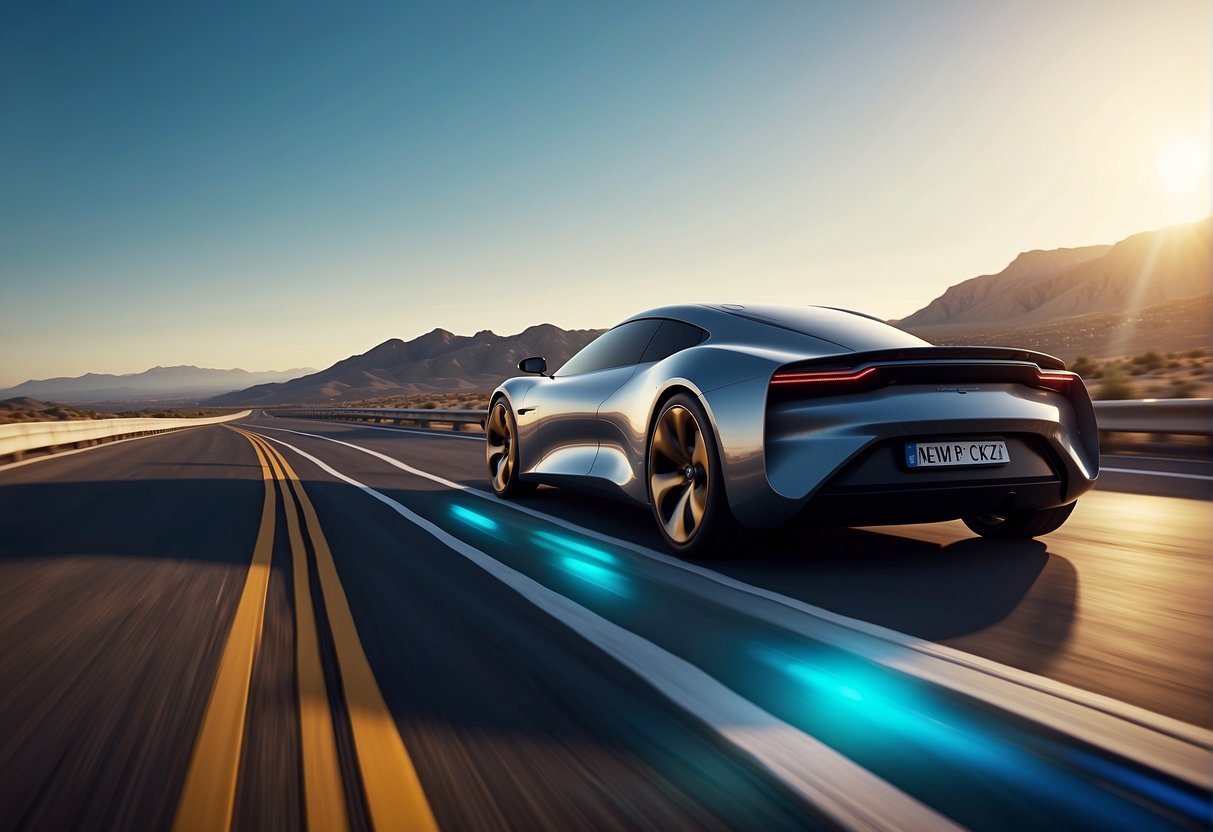
Evolution of Electric Sports Cars
The transition of sports cars from internal combustion engines to electric vehicles has been marked by significant historical moments, technological breakthroughs, and iconic models that have shifted the trajectory of the automotive industry. These developments have been shaped by automakers’ responses to environmental and regulatory demands, forever altering the design and performance of sports cars.
Historical Milestones and Progress
Electric sports cars have come a long way since the introduction of models like the iconic Tesla Roadster, which debuted in 2008. It marked the first use of lithium-ion battery cells in a production electric vehicle, setting a precedent for both performance and range. In recent years, the Rimac Nevera has showcased how far electric vehicle technology has come, shattering acceleration records and demonstrating impressive range capabilities.
Key Technological Advancements
At the heart of this evolution is battery technology. Advances in energy density and efficiency have increased vehicles’ range and reduced weight, leading to better performance. Innovations such as General Motors’ Ultium battery platform illustrate the strides made in power management and battery architecture, enabling high performance electric sports cars like the upcoming Chevrolet Corvette E-Ray.
Influential Models in the Market
Tesla’s relentless innovation yielded the Model S Plaid, a salient demonstration of electric performance with unprecedented horsepower and torque figures. The Porsche Taycan and the Audi RS e-tron GT have also brought traditional automotive heritage into the electric era, integrating cutting-edge electric vehicle technology without compromising on design values that distinguish sports cars.



